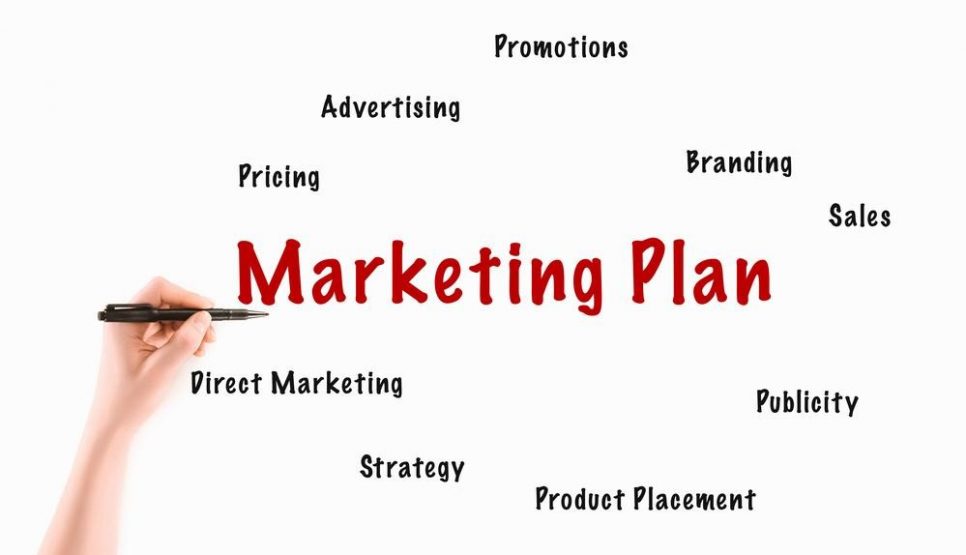When you start out in business, two things are scarce: time and resources. To create an effective new business strategy and ensure you’re not wasting time or money, you need a marketing plan. Here are the essential components of a marketing plan that keeps the sales pipeline full.
1. Market research. Research is the backbone of the marketing plan. If you don’t know what your market needs or how your competitors are falling short, how can you identify the gap where your brand can shine? Identify consumer buying habits in the industry, market size, market growth or decline, and any current trends.
2. Target market. A well-designed target market description identifies your most likely buyers, and those you want to attract. This will help you decide where to spend ad dollars: radio or Facebook? Email campaign or LinkedIn? Google AdWords or Instagram? Every market has different behaviours, and it’s up to you to reach them where they are.
3. Positioning. What is the perception of your brand in the marketplace? For example, are you woman-friendly? Are you the tech-savvy option? Does your warranty program imply trustworthiness? The difference in how the target market sees you is your positioning. Develop compelling branding and marketing messages that clearly communicate how you want to be perceived.
4. Competitive analysis. You need to know who your competitors are and how your products and services are different. What is the price point at which your competitors are selling, and what segment of the market are they aiming to reach? Knowing the ins and outs of your competitors will help you better position your business and stand out from the competition.
5. Market strategy. Your marketing strategy is your path to sales goals. Ask yourself “How will I find and attract my most likely buyers?” This is the core of what the strategy should explain. It should look at the entire marketplace and then break down specific tactics including such as events, direct mail, email, social media, content strategy, street teams, partnerships, and other activities that will help you gain access to customers. Once you’ve chosen a strategy, stick with it. It always takes more time than we would like for the real magic to happen, but it will.
6. Budget. Develop a month-by-month schedule of what you plan to spend on marketing. Also include a “red light” decision point. For each activity, establish a metric that tells you to stop if it’s not generating sufficient return on investment (ROI). Then play it like a lottery, once you know you’re comfortable with your first budget and it’s generating income, up it a bit. The golden rule: You can’t throw money at bad marketing and make it good marketing.
Sound simple? It all starts with know who you are and then communicating that to the right people. Brand. Message. Sell. Analyze. Repeat. Easy…right?

